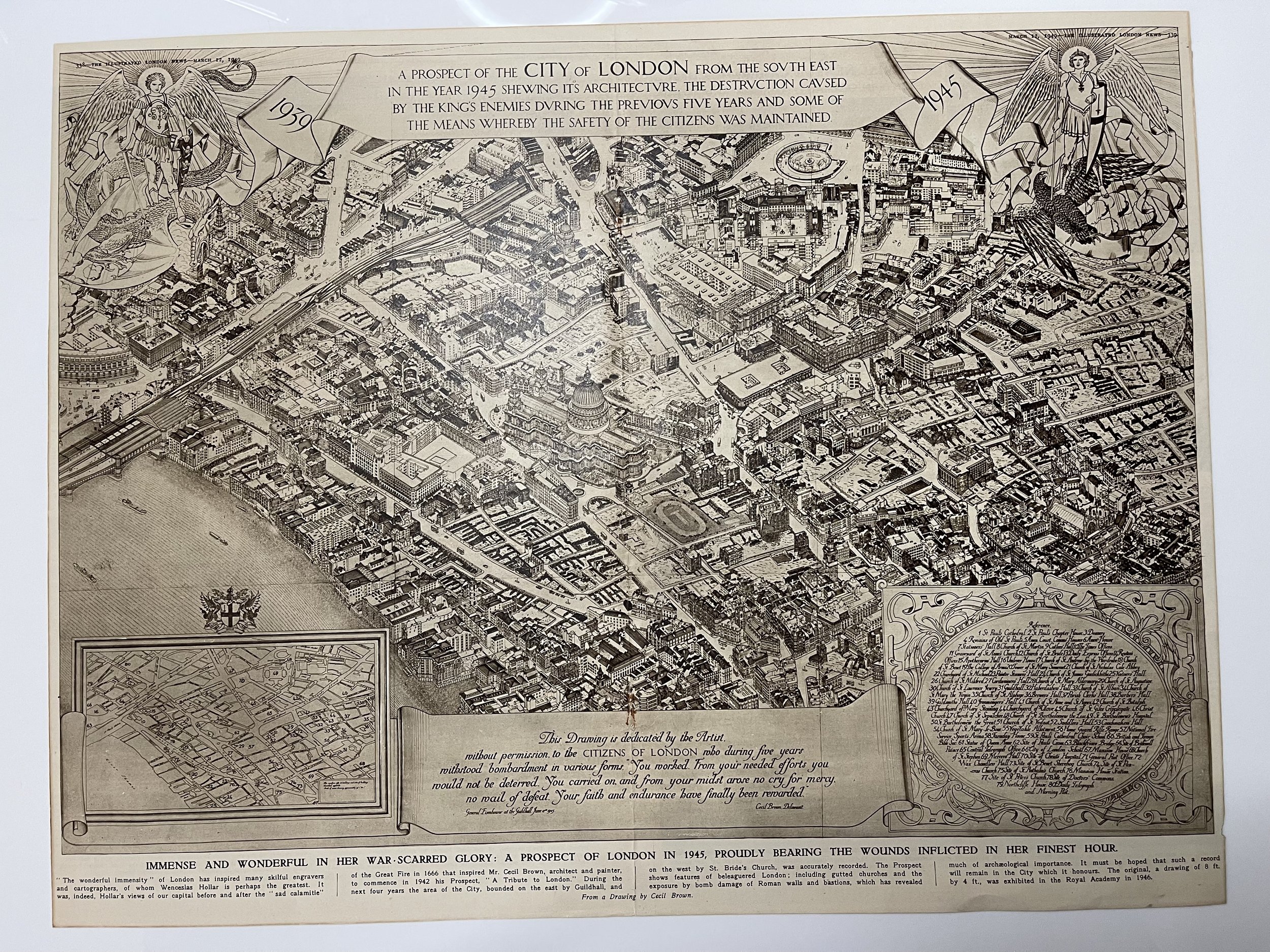 Image 1 of 27
Image 1 of 27

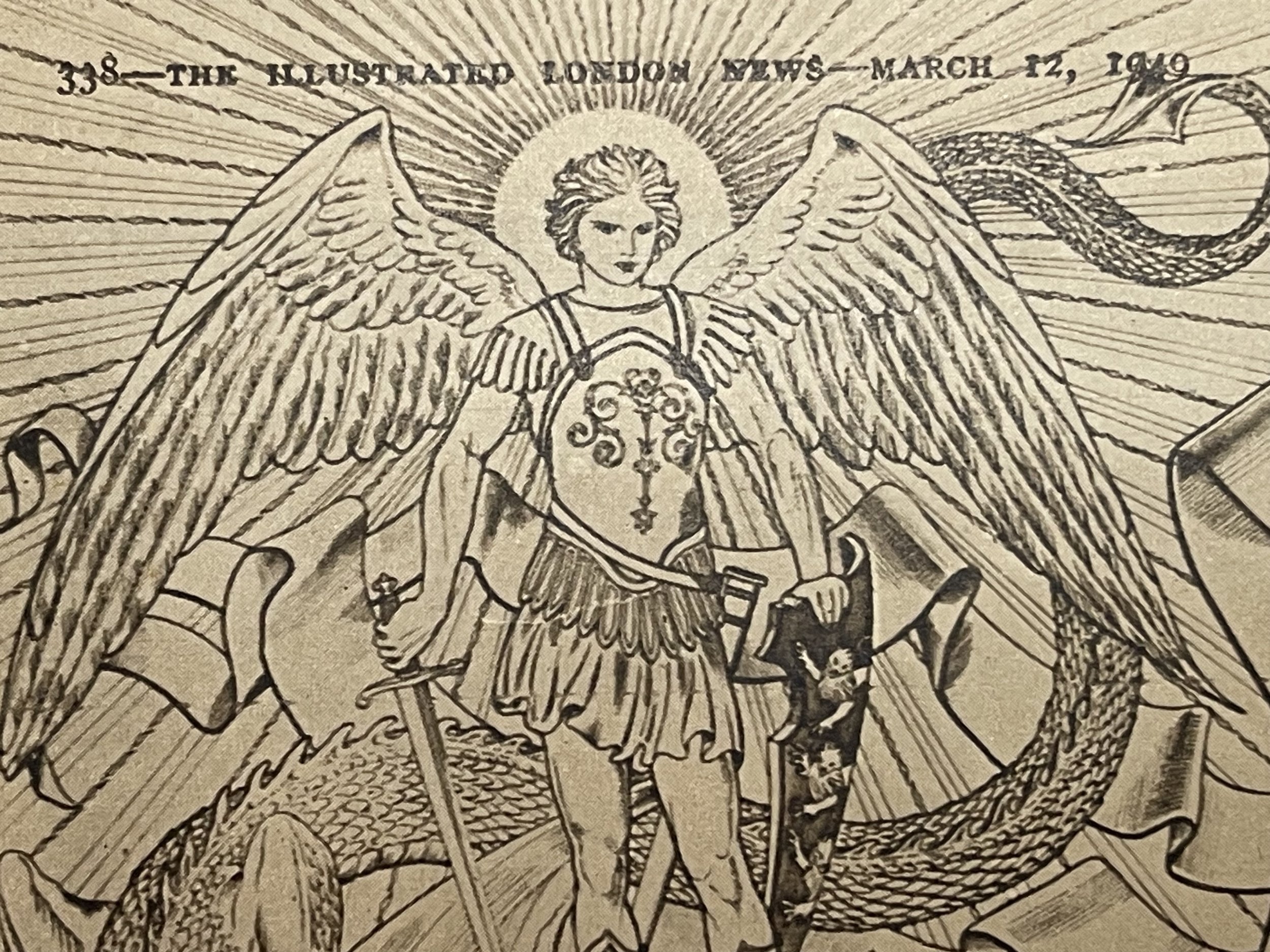 Image 2 of 27
Image 2 of 27

 Image 3 of 27
Image 3 of 27

 Image 4 of 27
Image 4 of 27

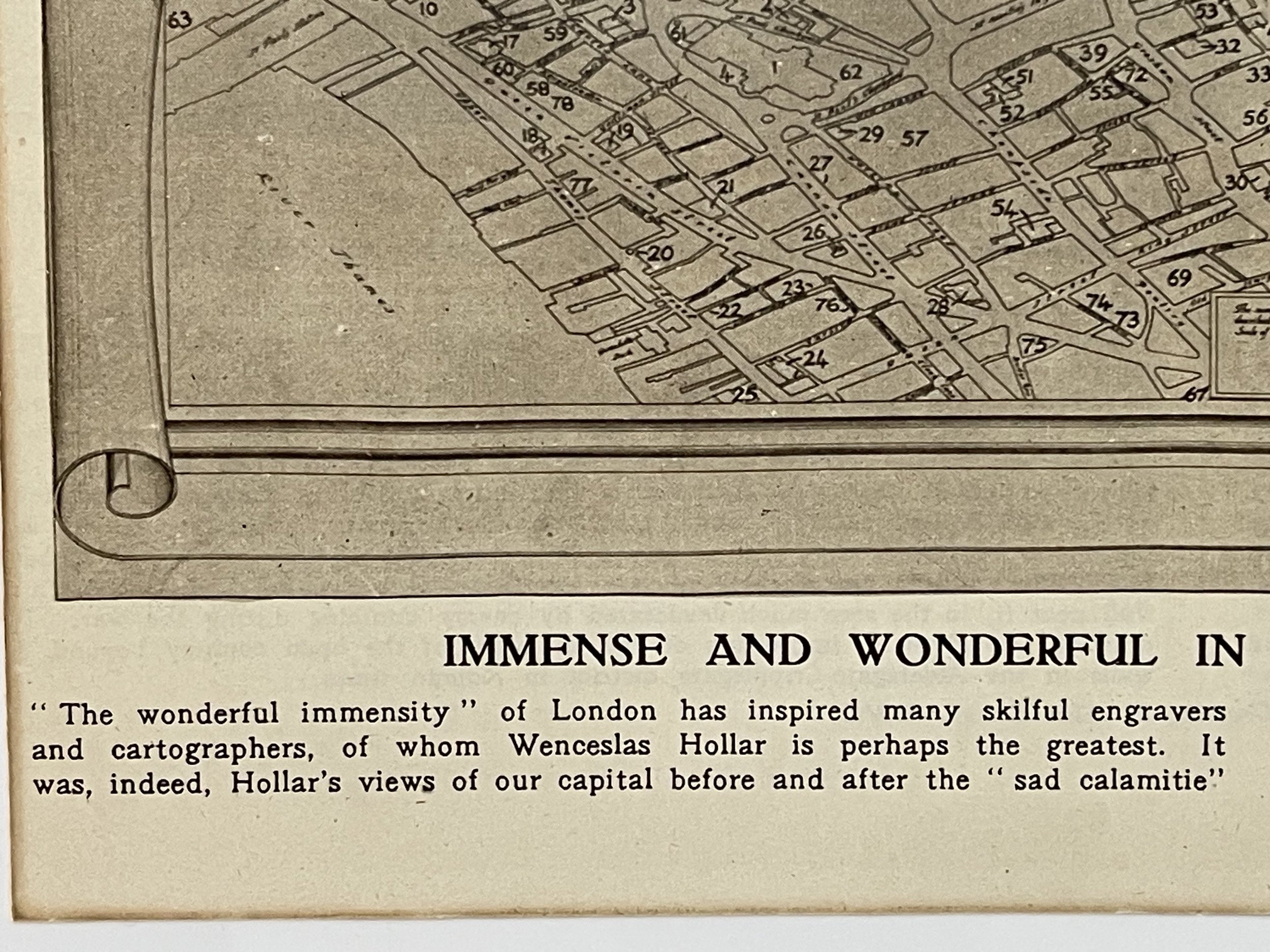 Image 5 of 27
Image 5 of 27

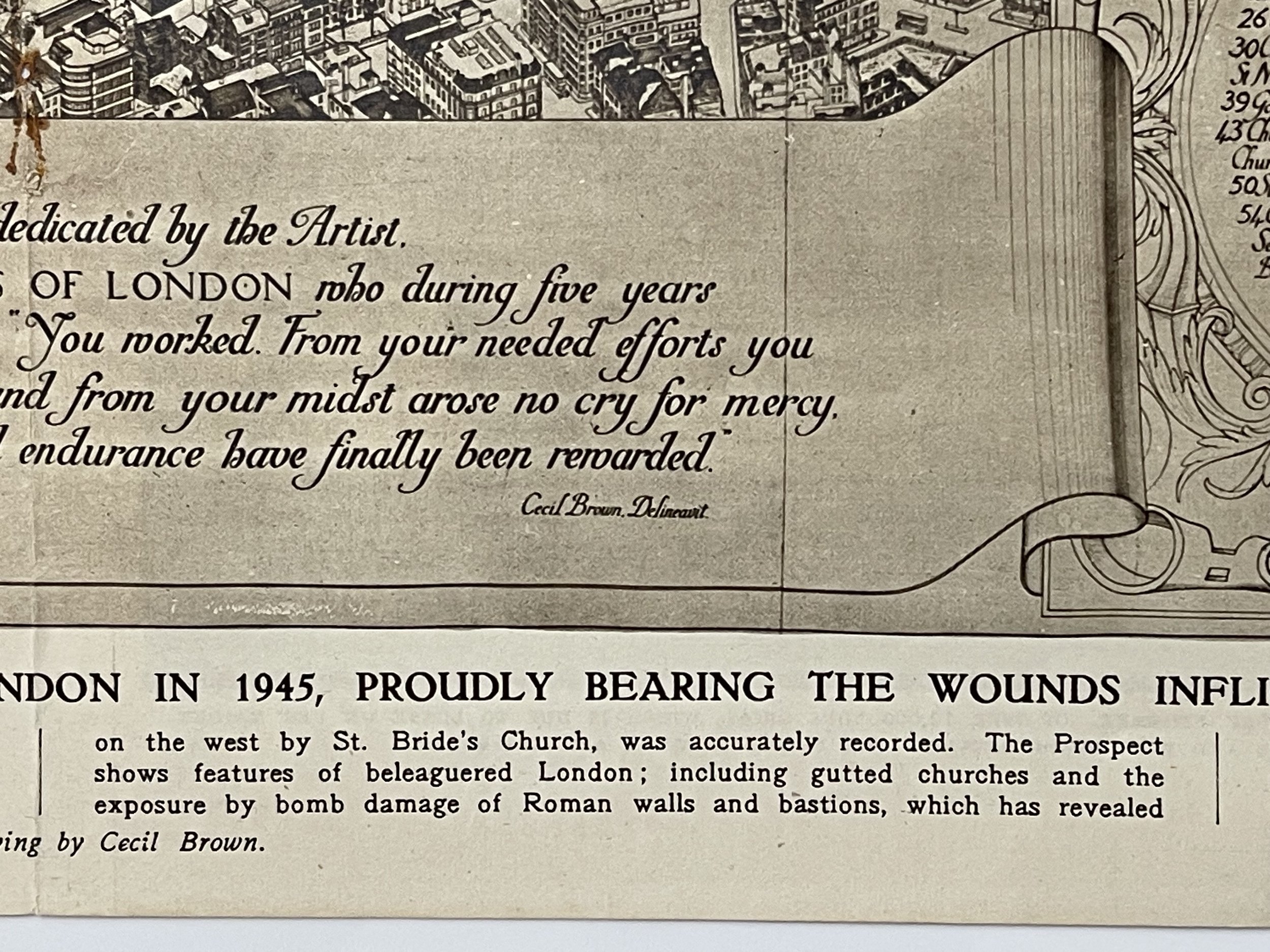 Image 6 of 27
Image 6 of 27

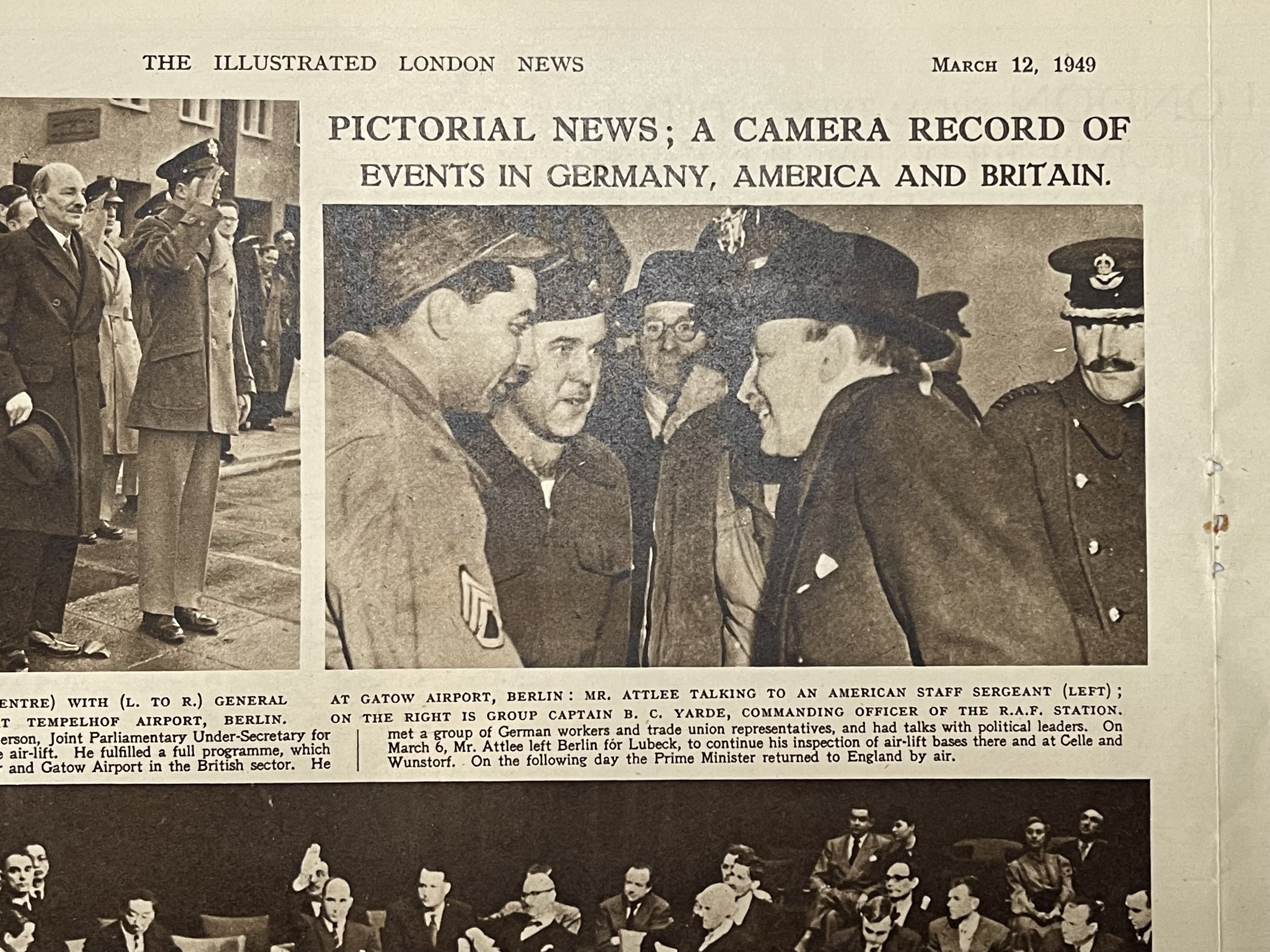 Image 7 of 27
Image 7 of 27

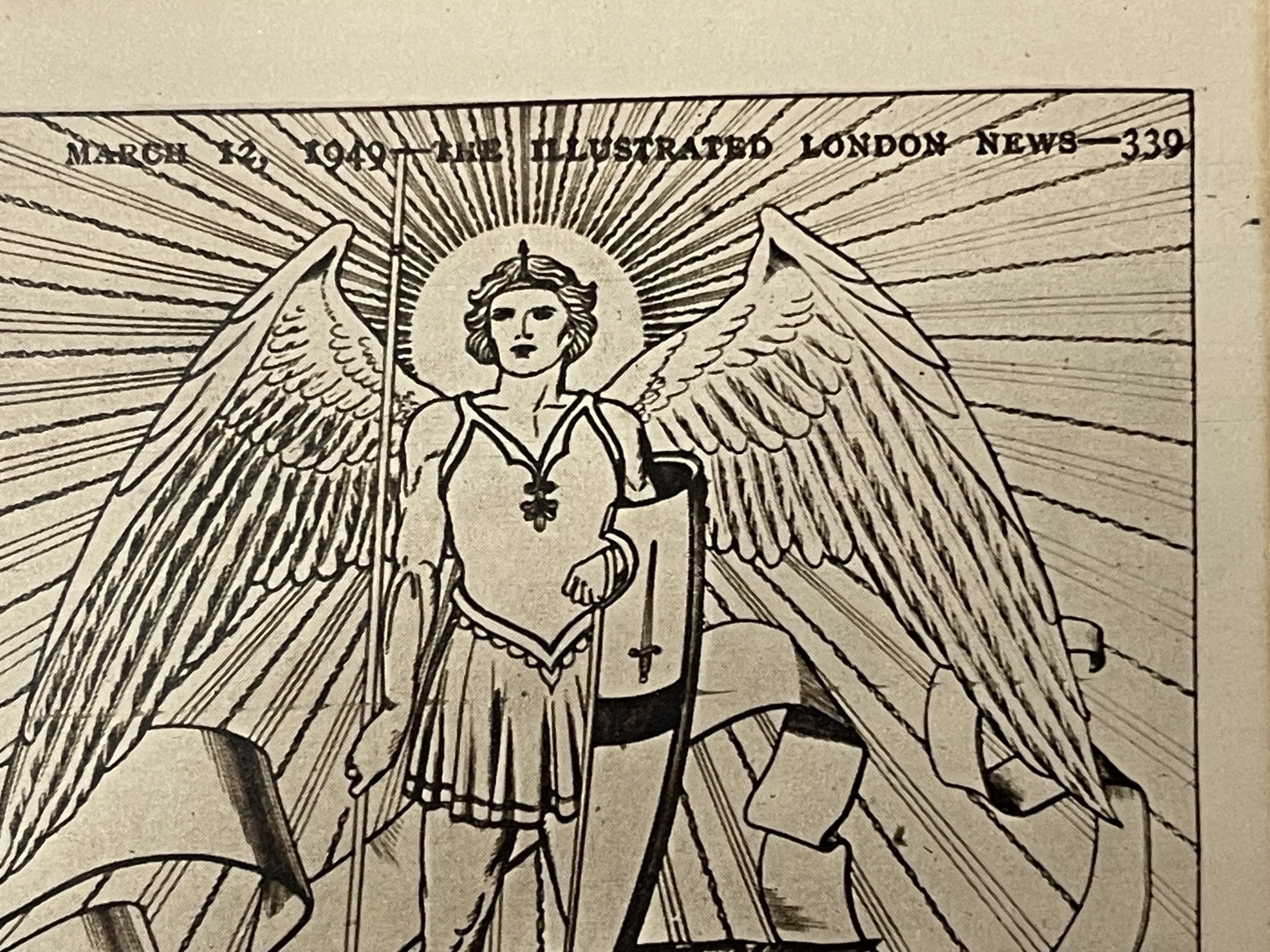 Image 8 of 27
Image 8 of 27

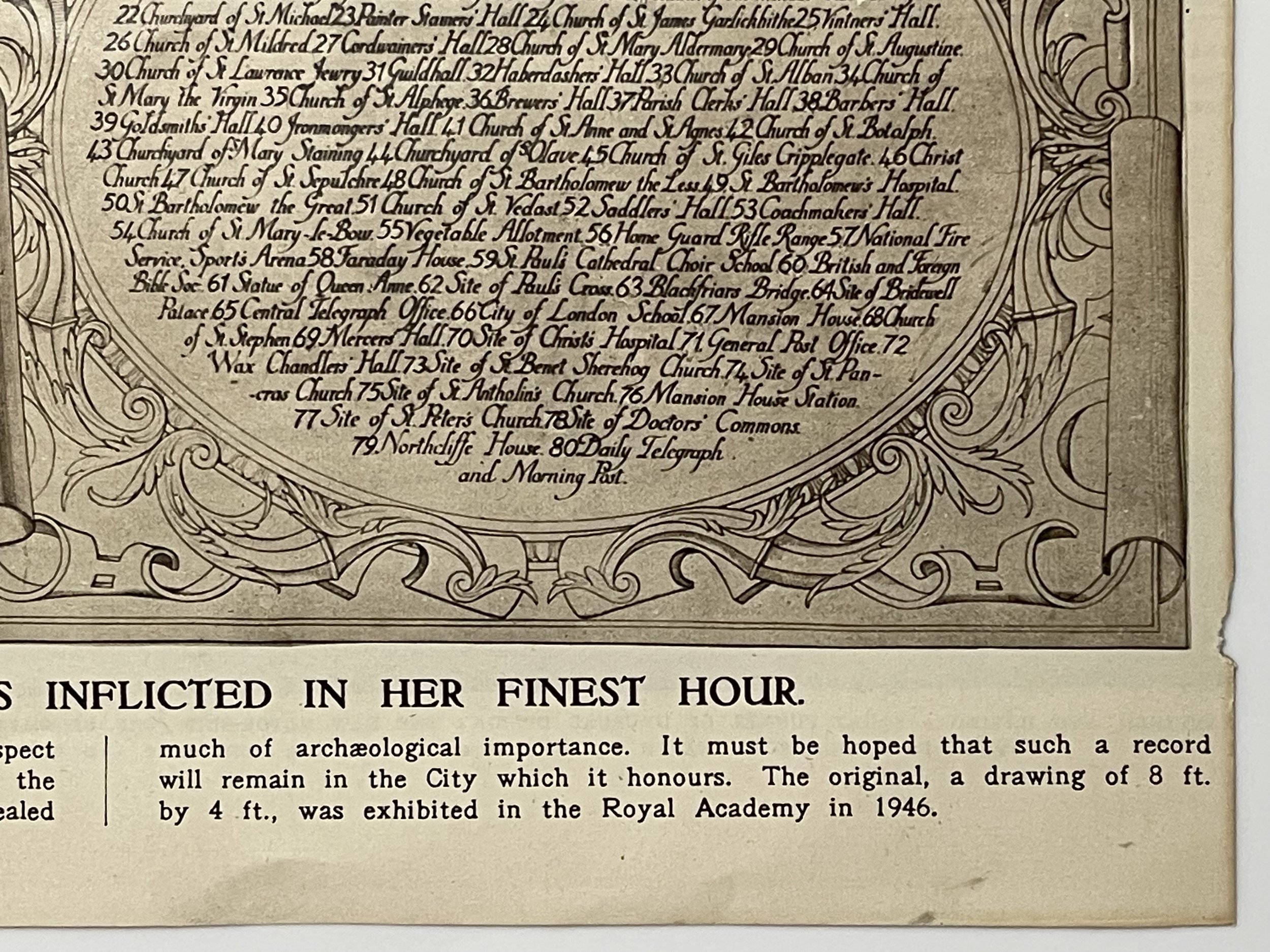 Image 9 of 27
Image 9 of 27

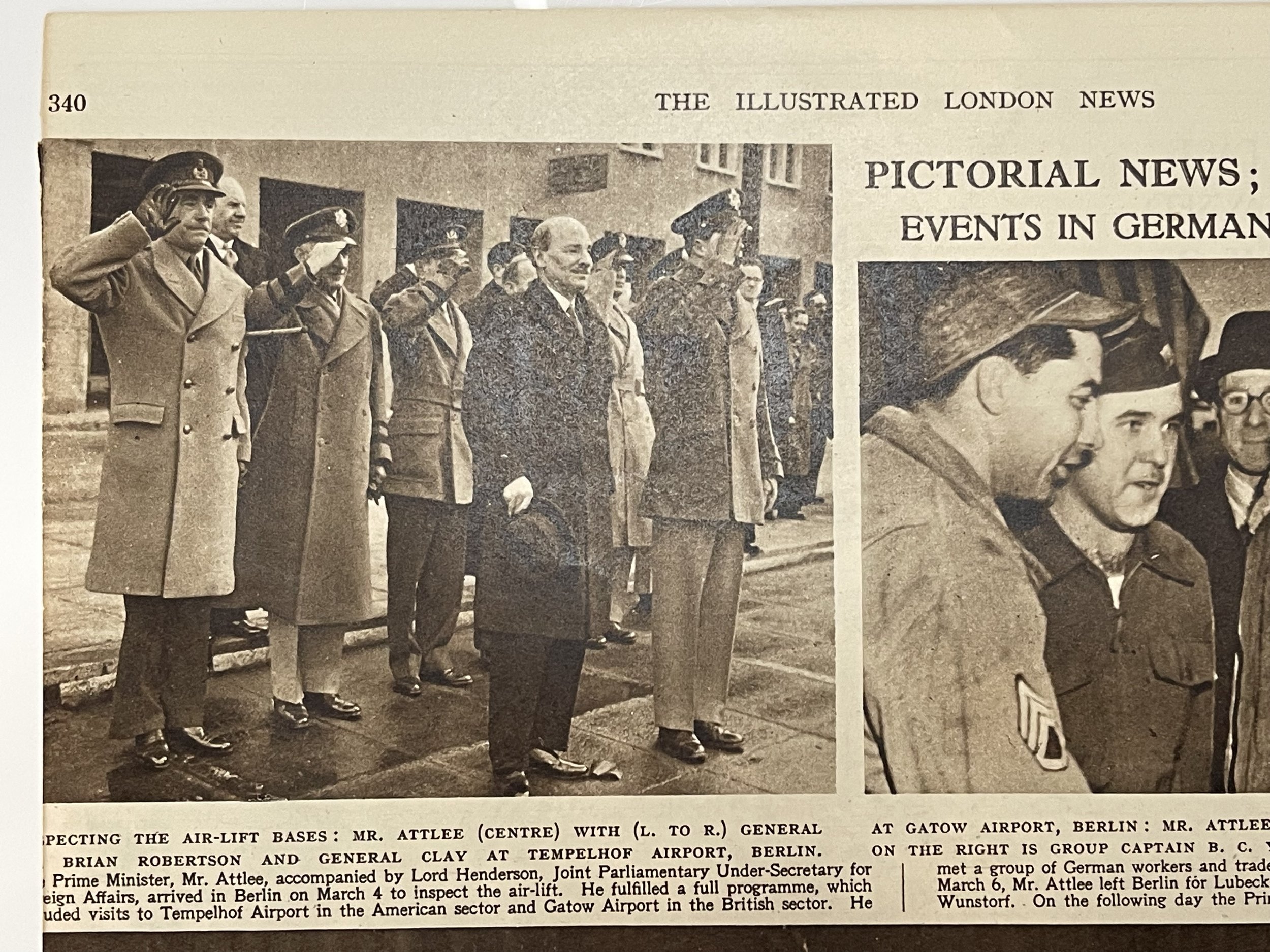 Image 10 of 27
Image 10 of 27

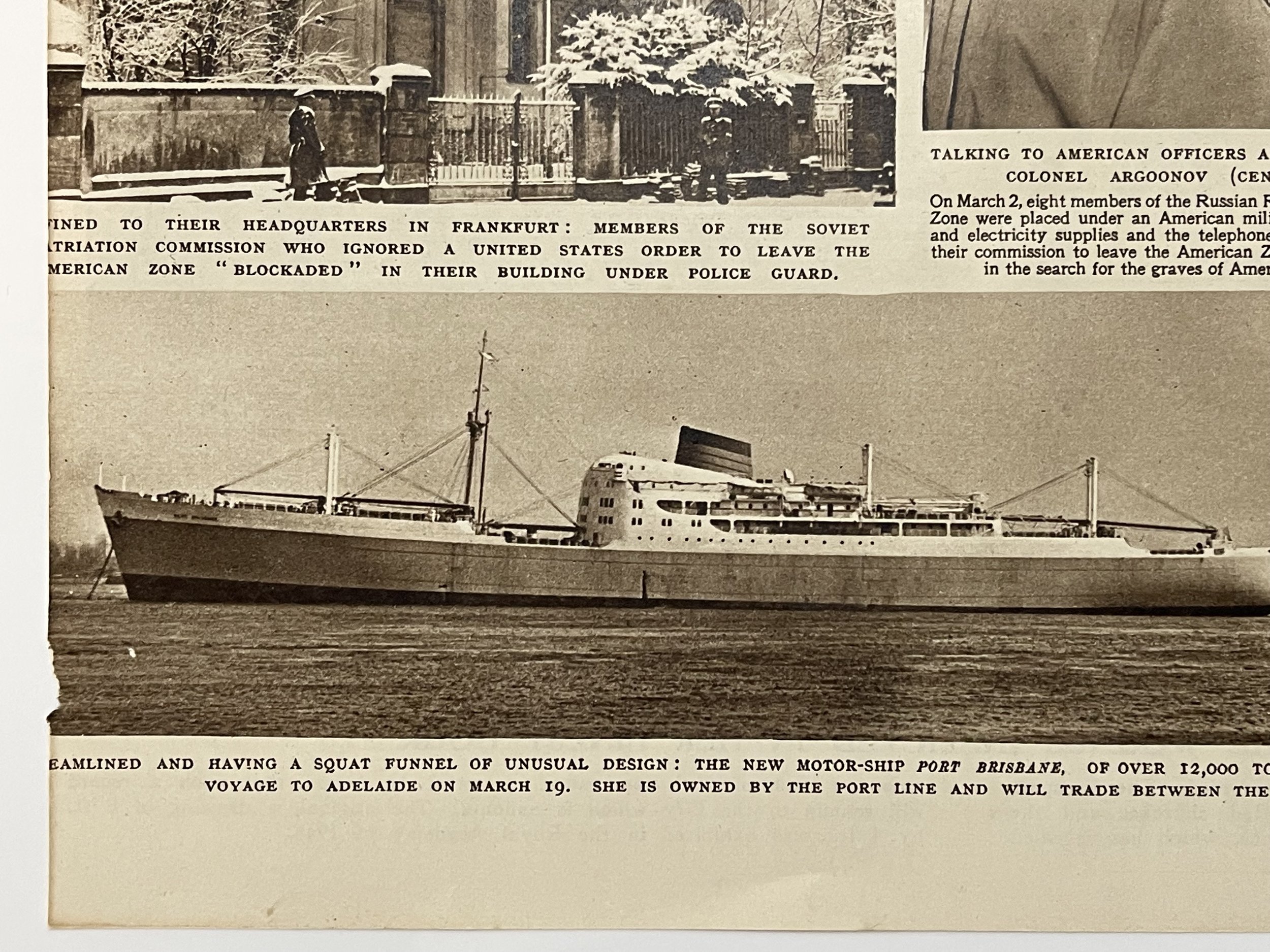 Image 11 of 27
Image 11 of 27

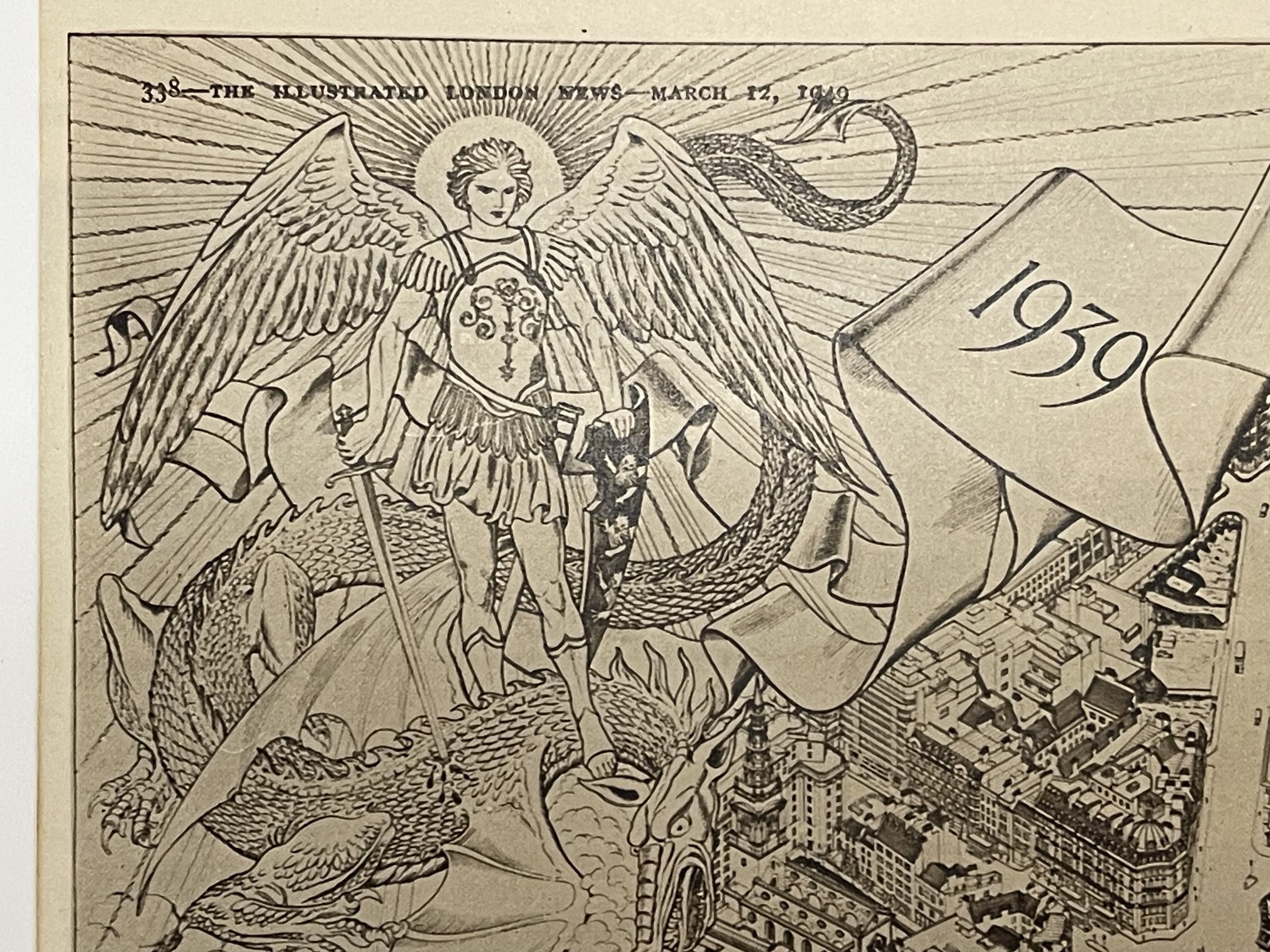 Image 12 of 27
Image 12 of 27

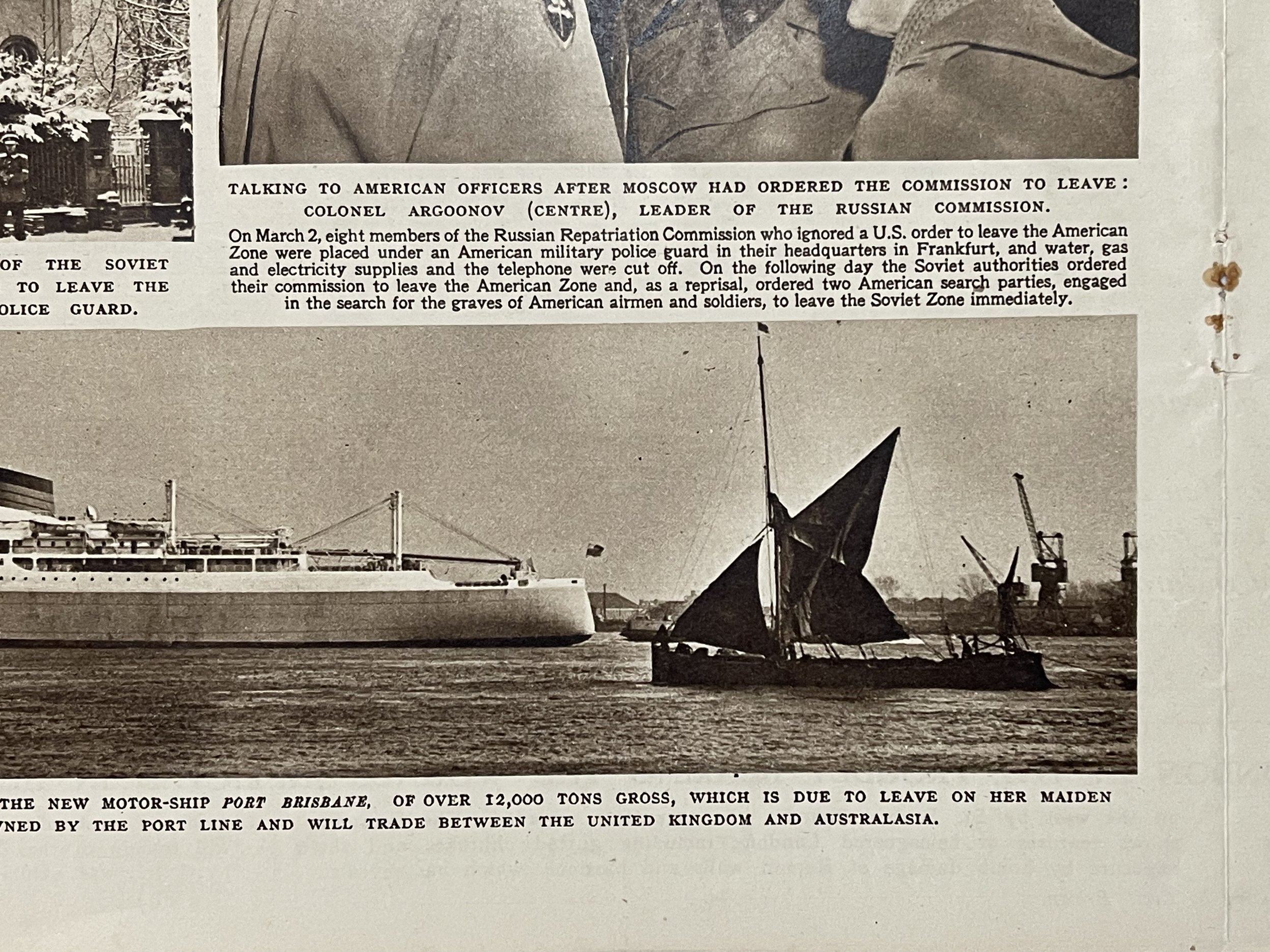 Image 13 of 27
Image 13 of 27

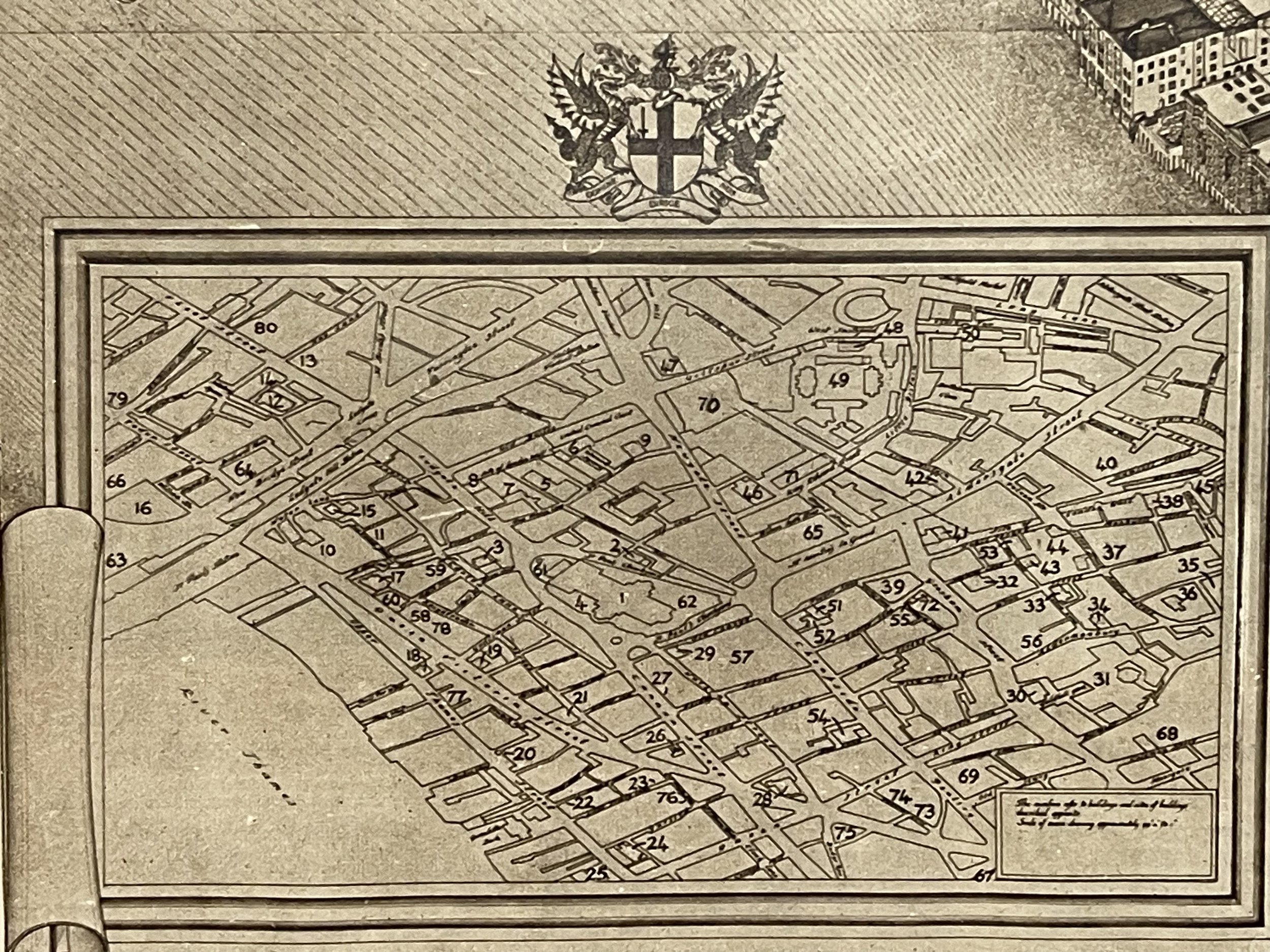 Image 14 of 27
Image 14 of 27

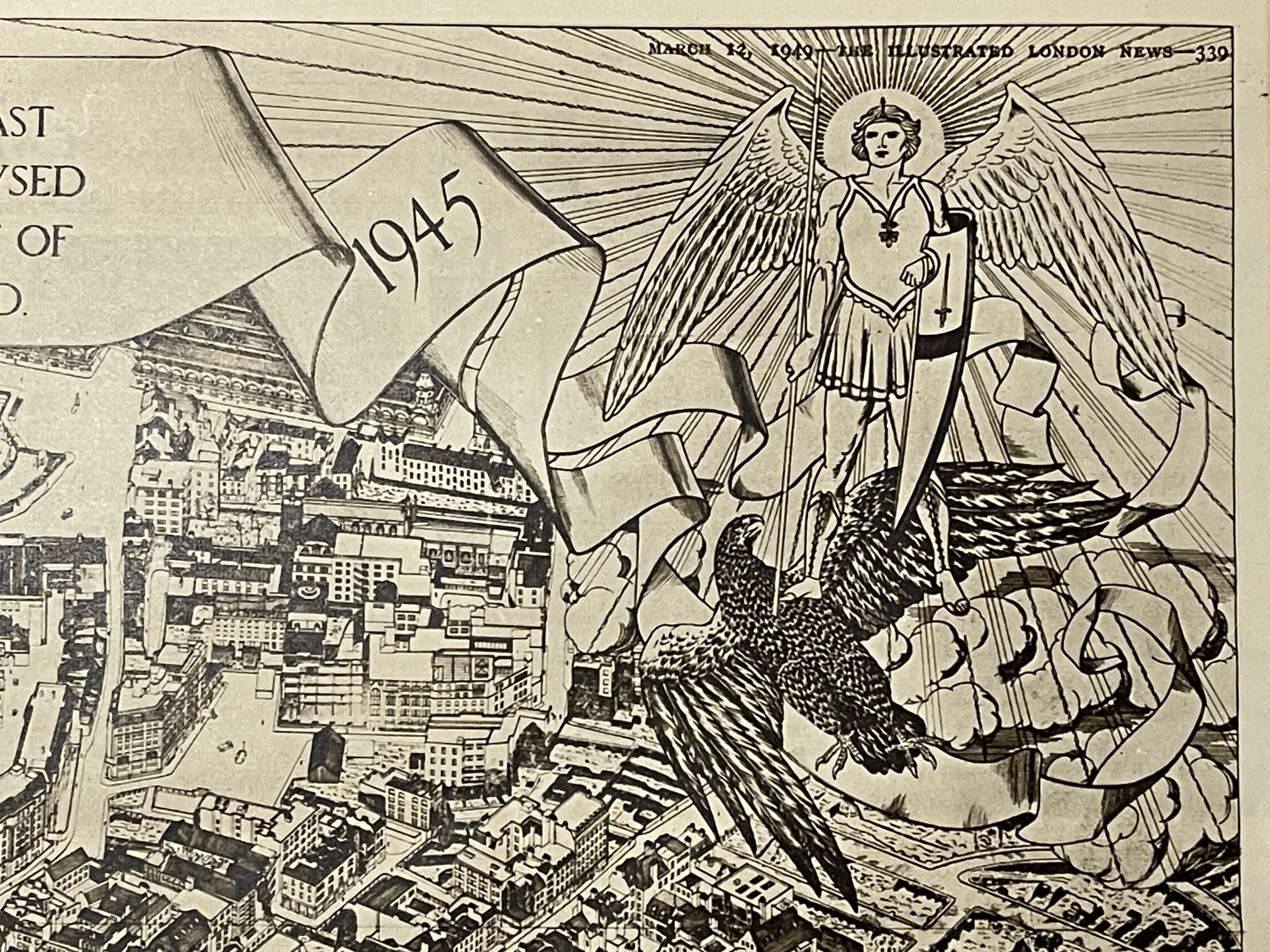 Image 15 of 27
Image 15 of 27

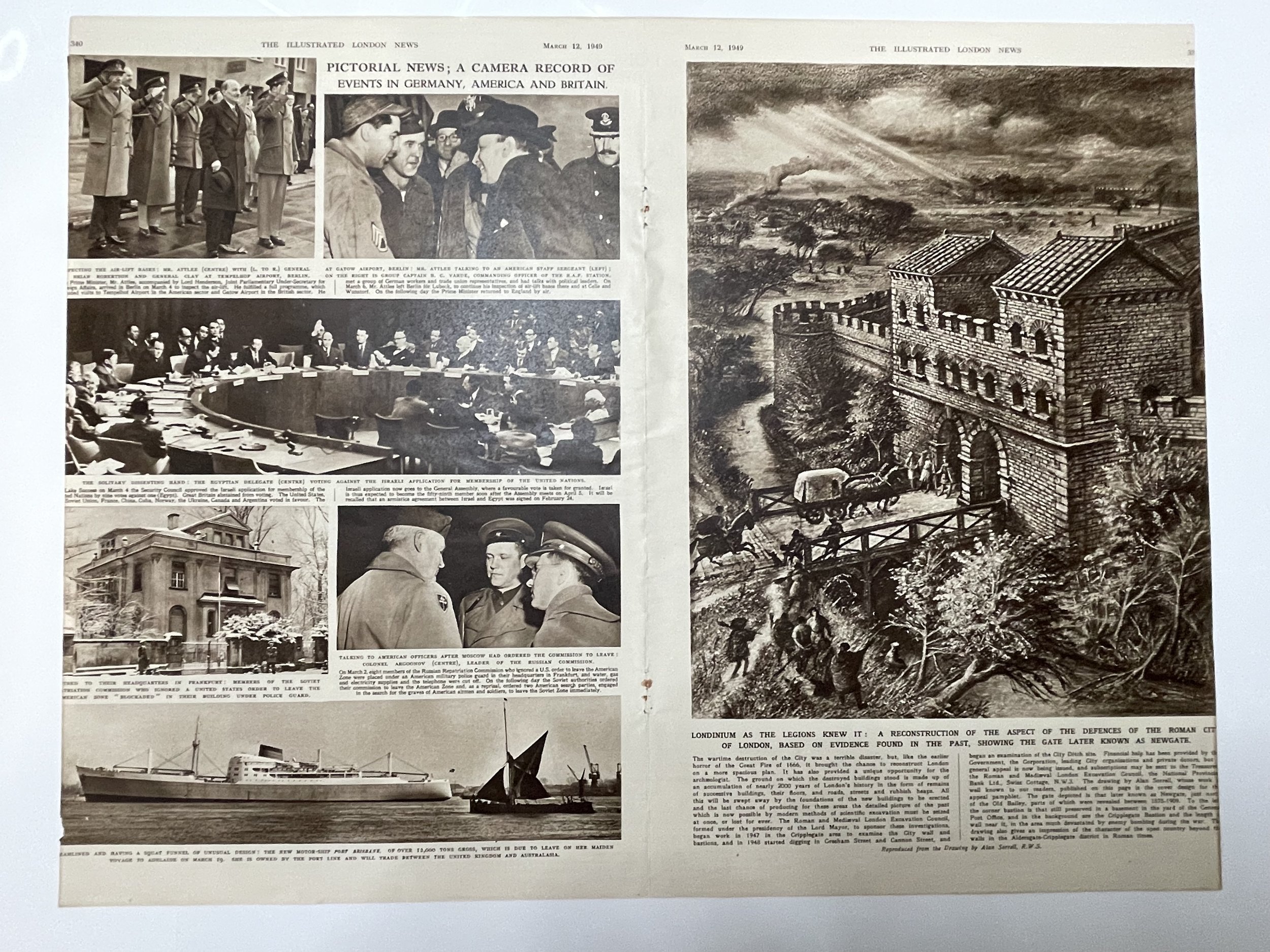 Image 16 of 27
Image 16 of 27

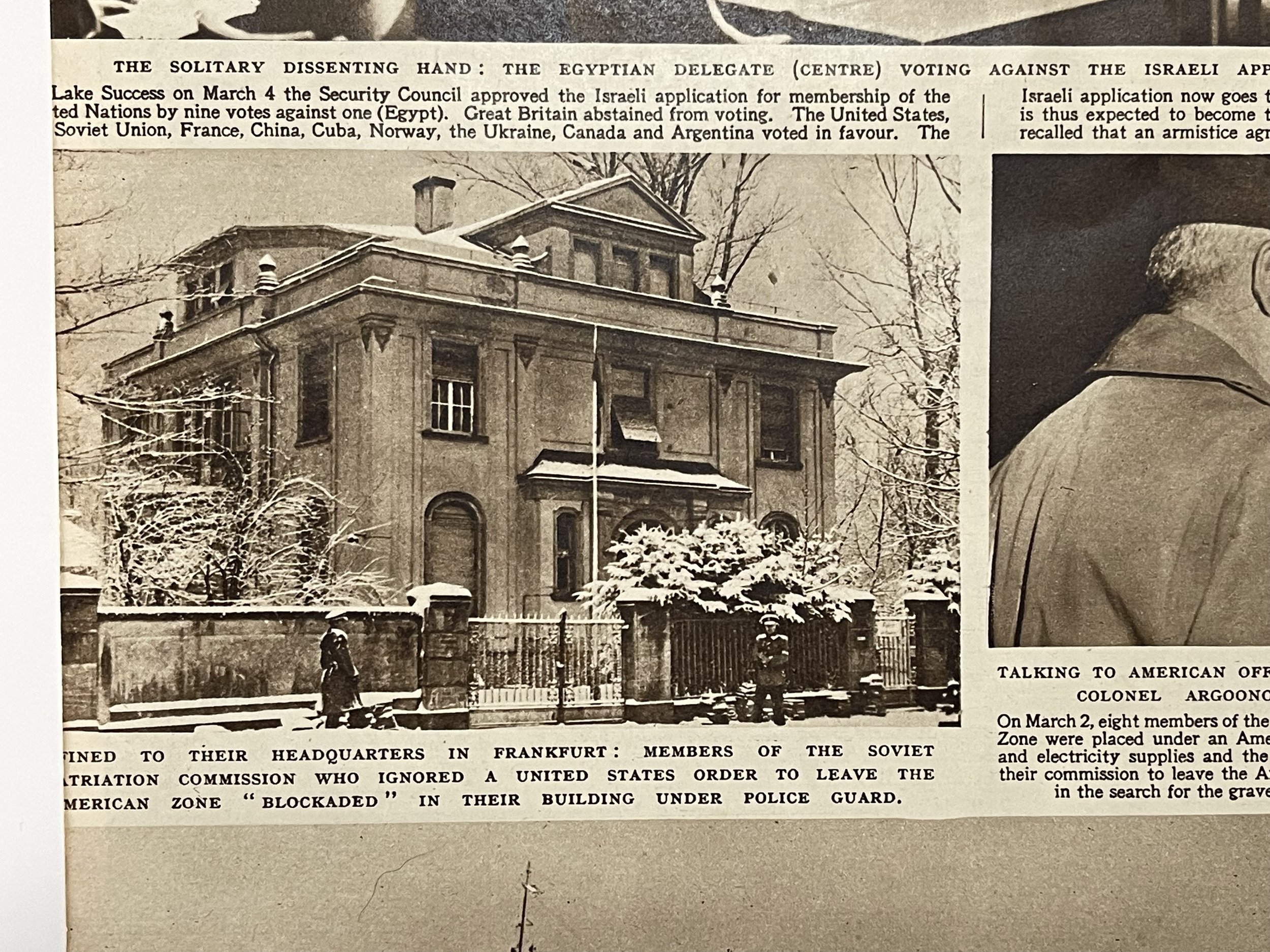 Image 17 of 27
Image 17 of 27

 Image 18 of 27
Image 18 of 27

 Image 19 of 27
Image 19 of 27

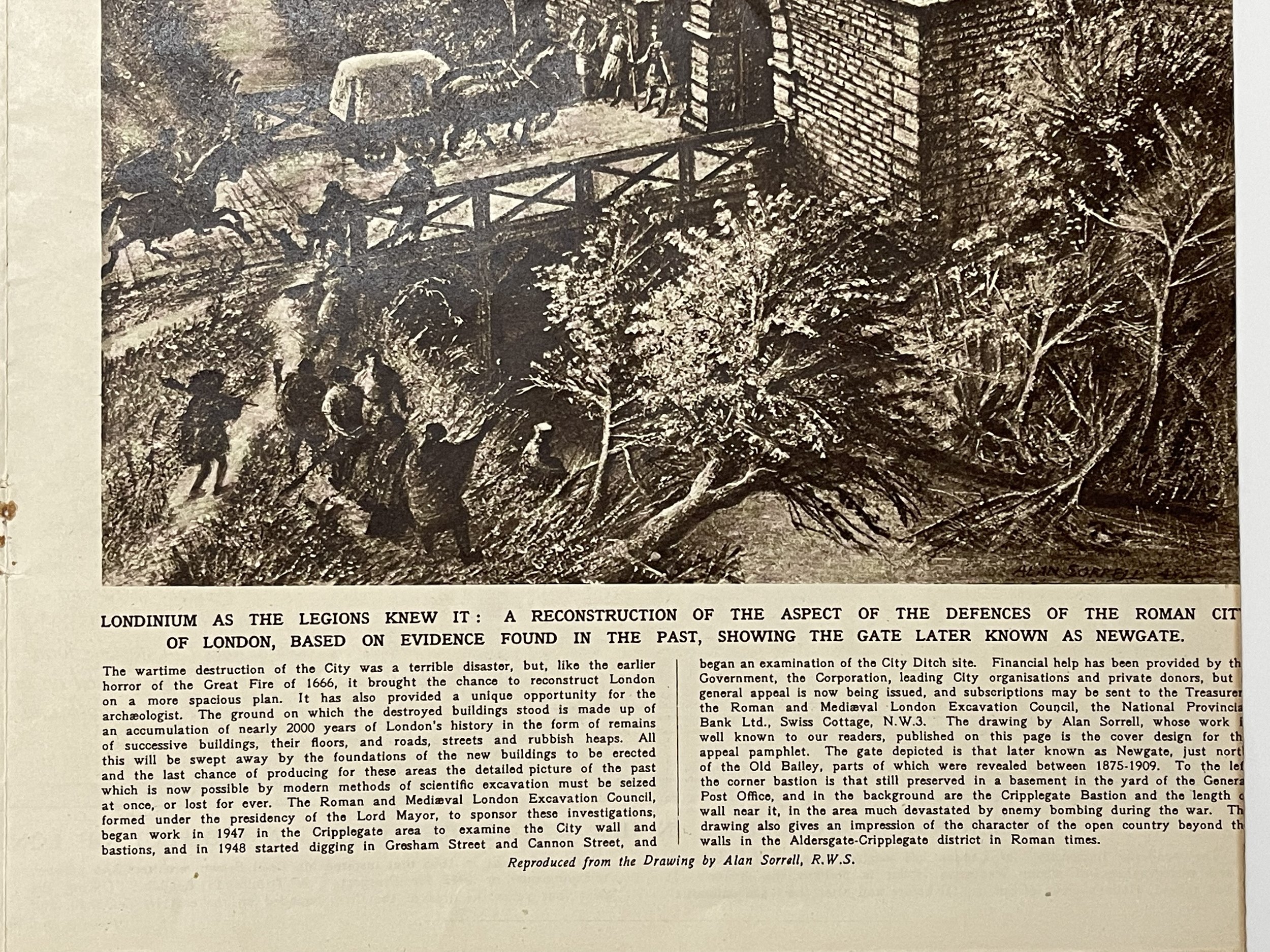 Image 20 of 27
Image 20 of 27

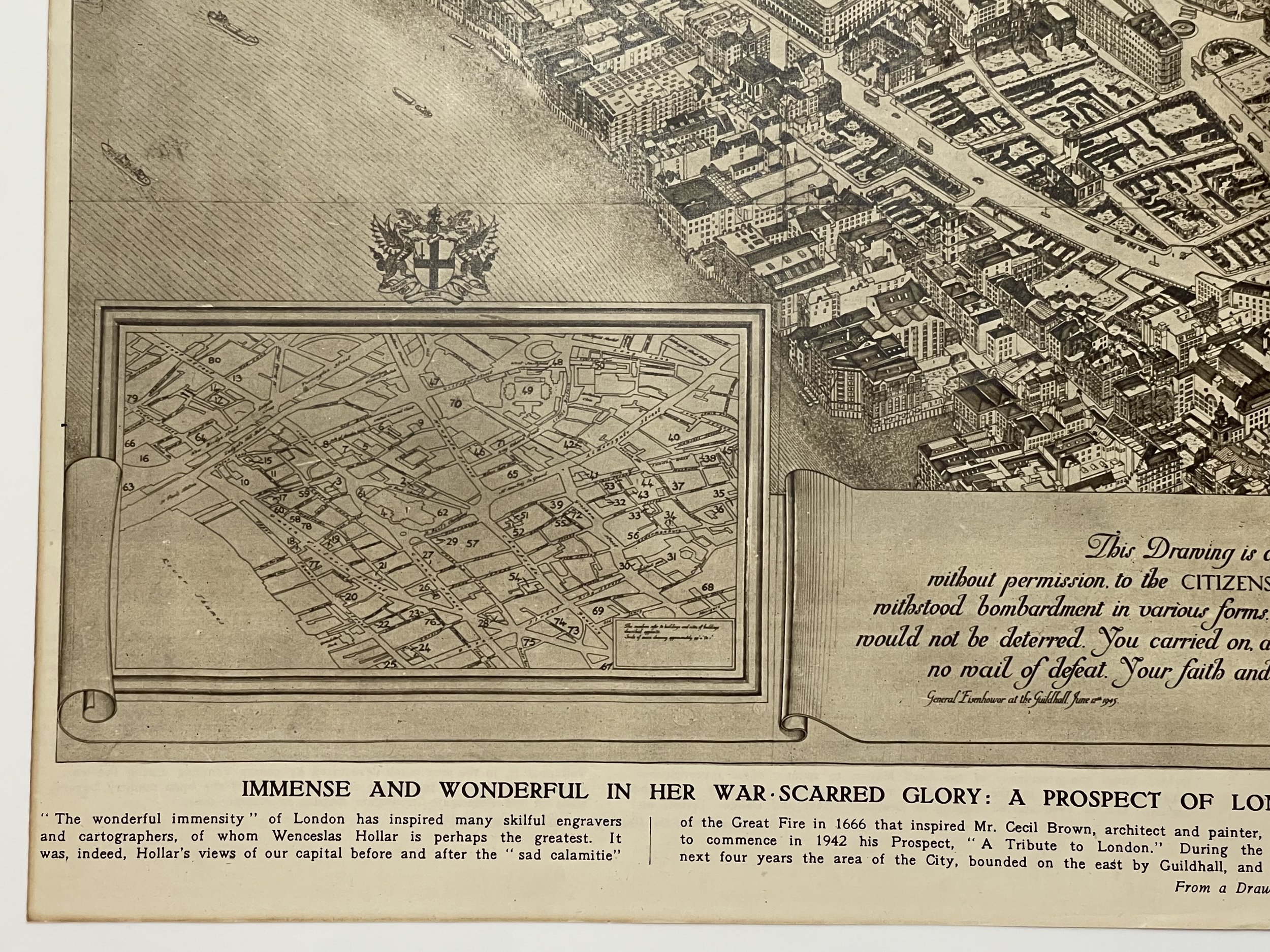 Image 21 of 27
Image 21 of 27

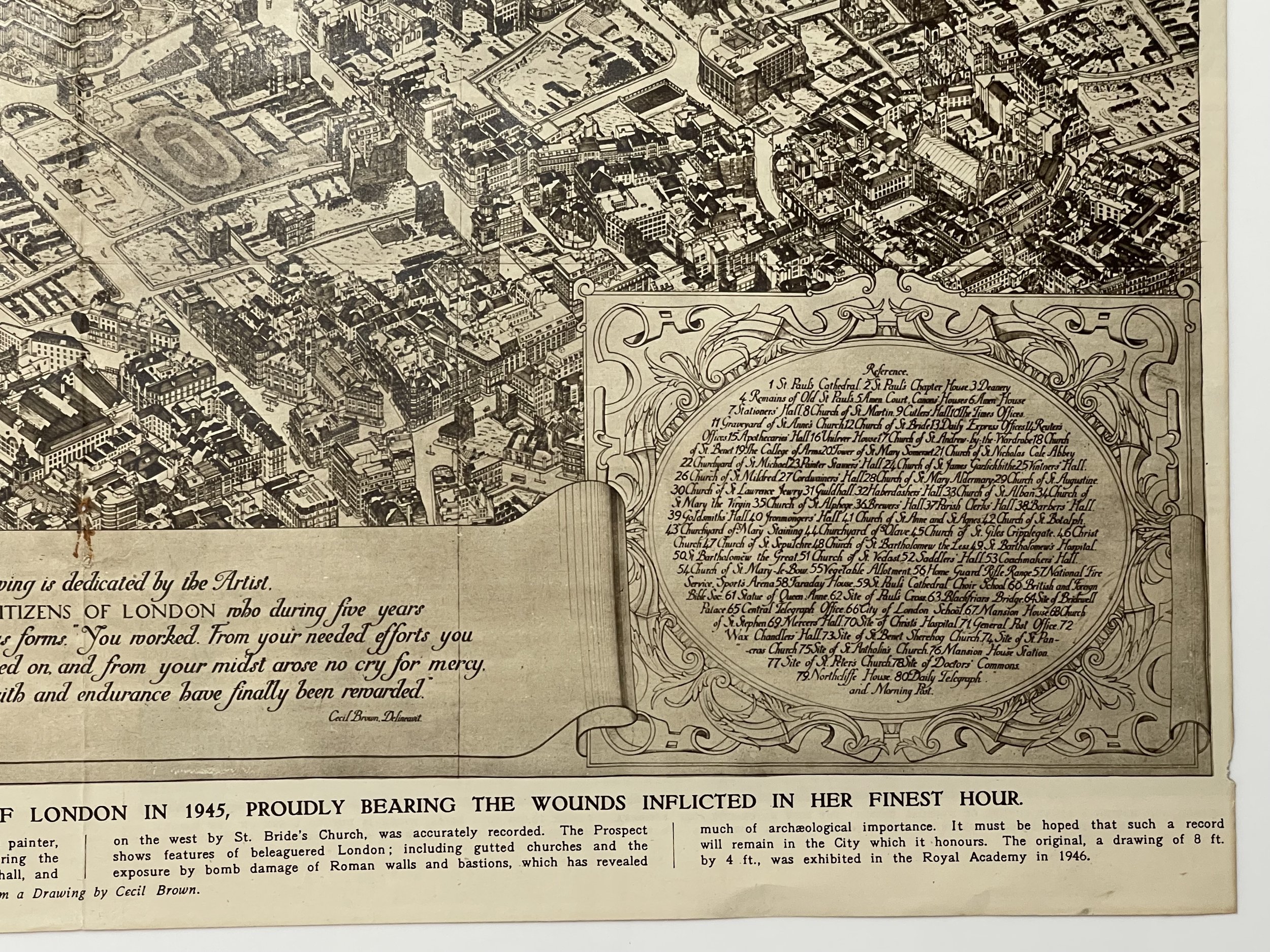 Image 22 of 27
Image 22 of 27

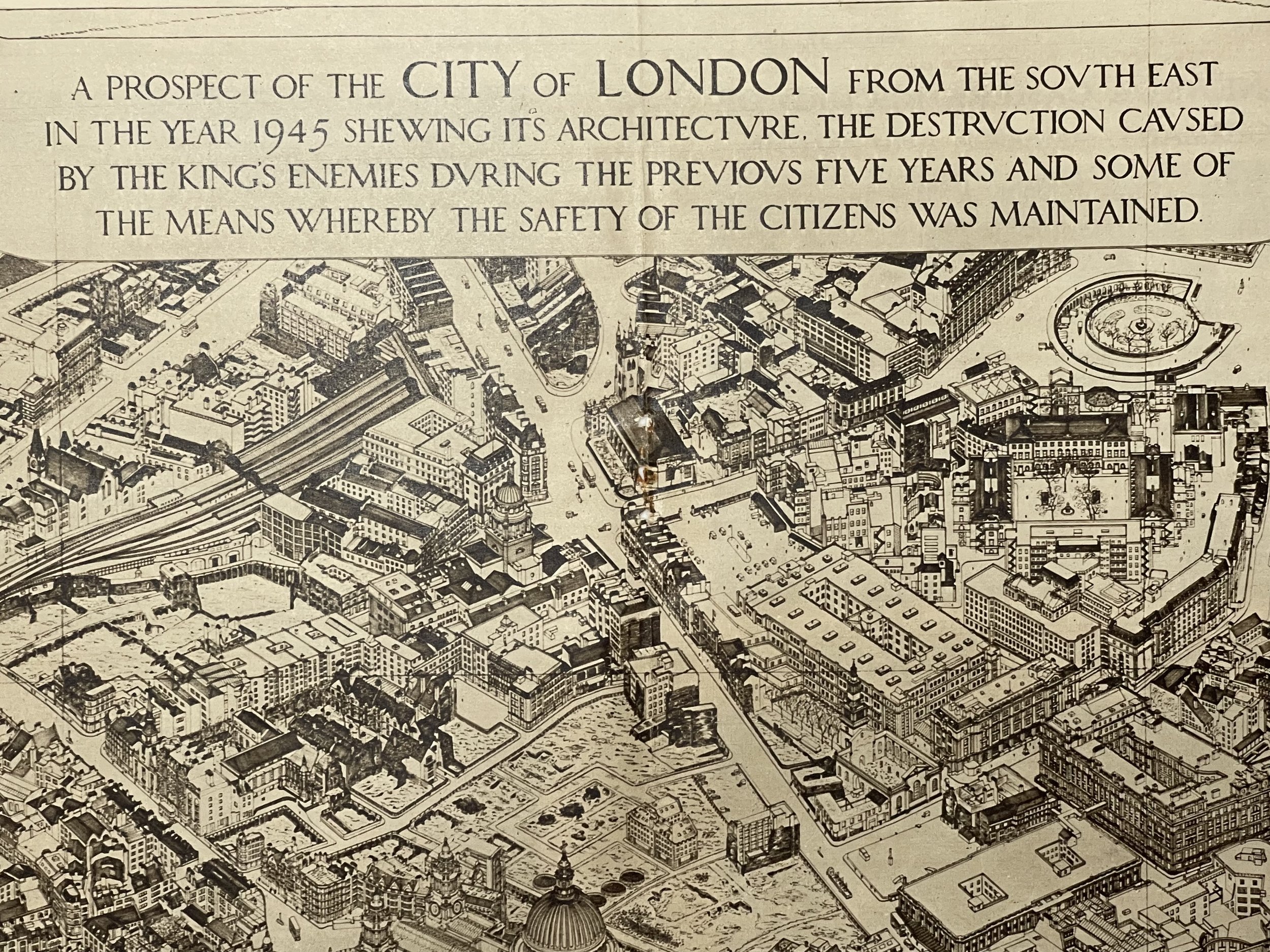 Image 23 of 27
Image 23 of 27

 Image 24 of 27
Image 24 of 27

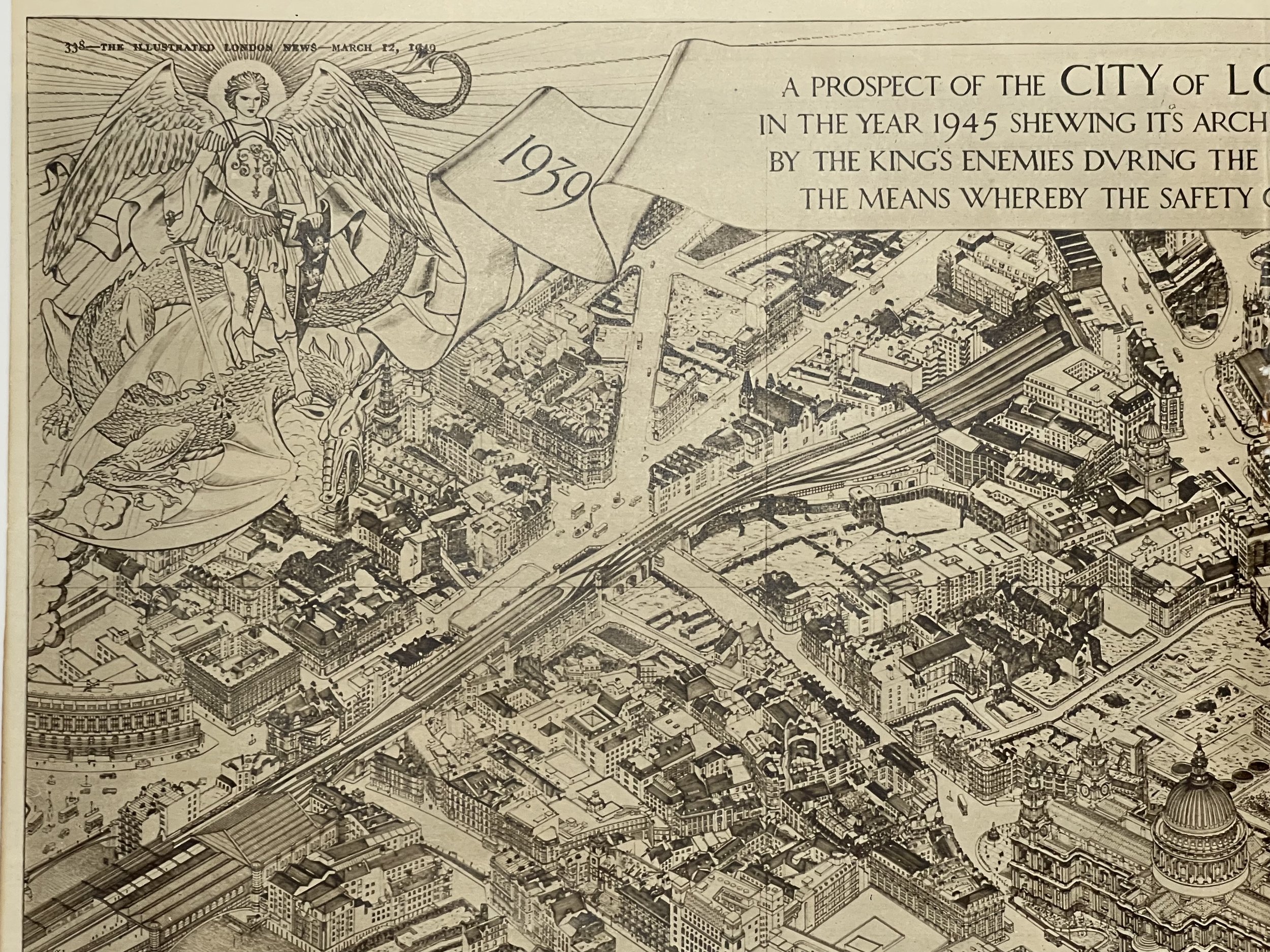 Image 25 of 27
Image 25 of 27

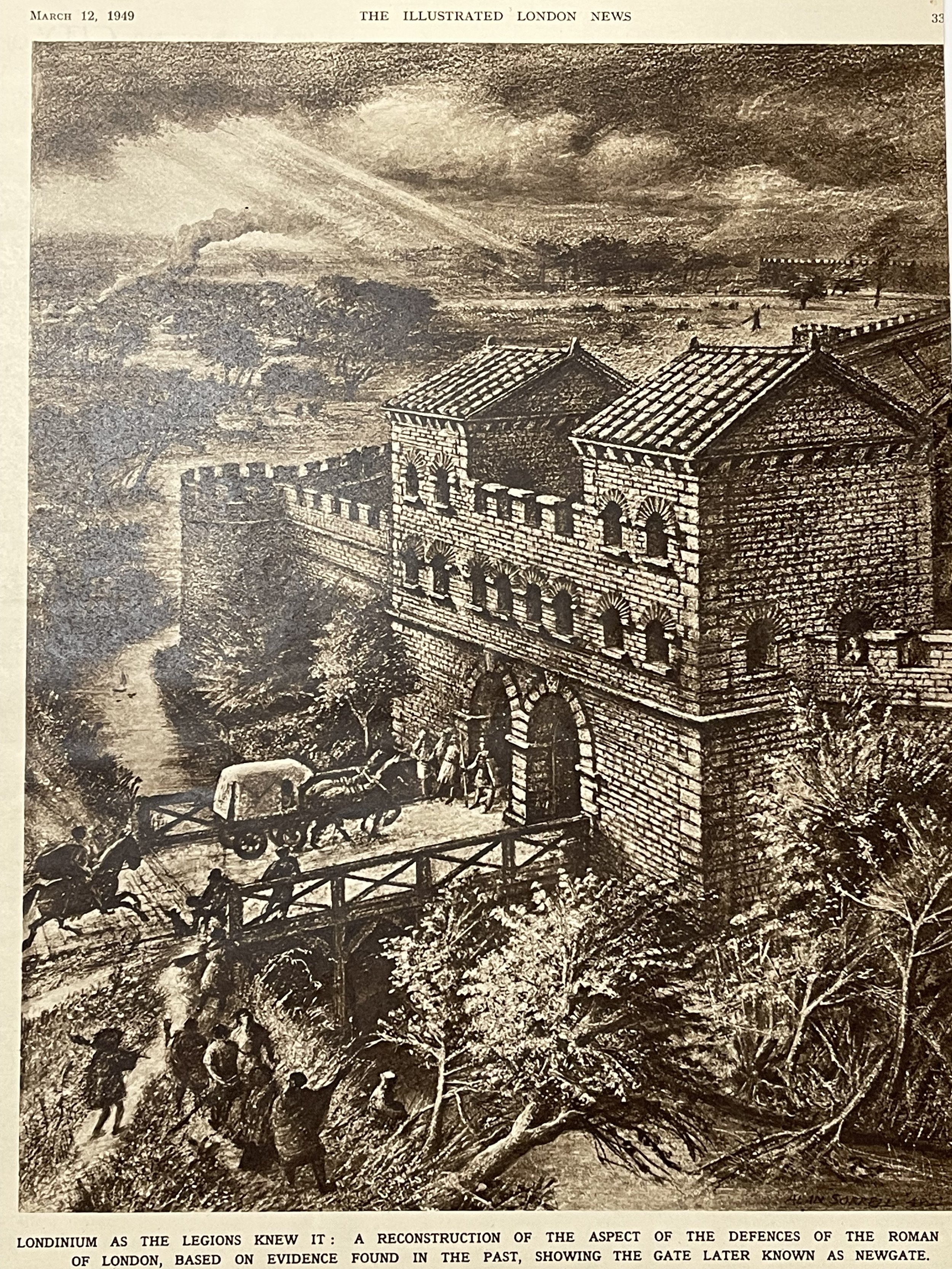 Image 26 of 27
Image 26 of 27

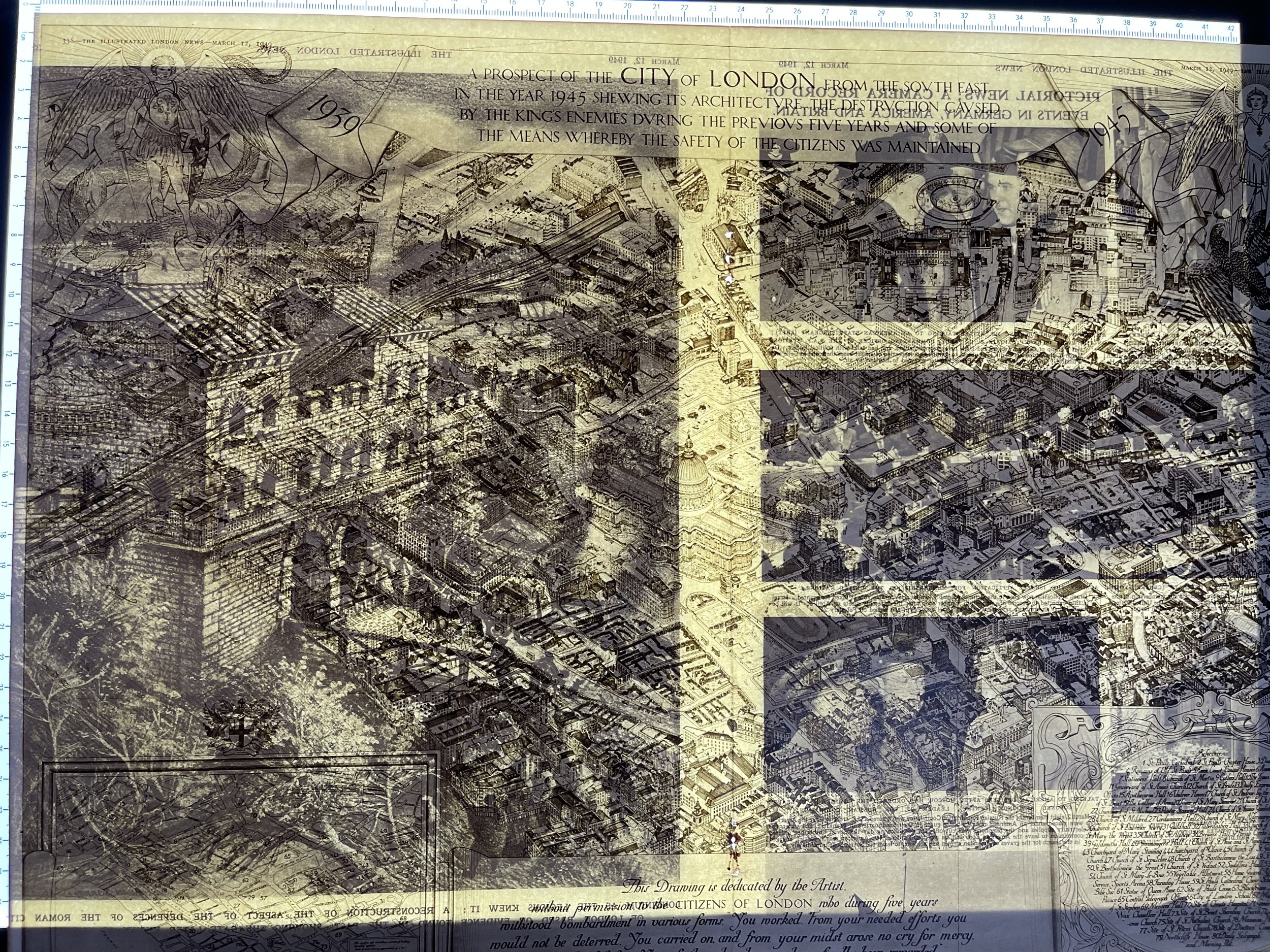 Image 27 of 27
Image 27 of 27




























WW2 Prospect - City of London 1939-1945 - Illustrated London News - March 12, 1949
WW2 Prospect of London 1939-1945 - Illustrated London News - March 12, 1949
From a drawing by Cecil Brown - The print supplement is from the Illustrated news of London and shows a pictorial prospect of London, just after WW2. It shows bomb damage, gutted churches and exposure of Roman walls by the incendiary devices. The original drawing was 8 ft X 4 ft and was exhibited in the Royal Academy in 1946.
Excellent condition with a few pin prick stape holes at the seam, where the supplement was hinged into the newspaper. Interesting, to the rear, on the left page, there are images and illustrations of events in Germany, America and Britain at that time. On the right page, reproduced from a drawing by Alan Sorrell, shows the aspect of Londinium as the Roman Legions knew it, based on evidence from the past. The front moated gate that formed part of defence of the Roman City, was later known as ‘Newgate’.
The Illustrated London News, founded by Herbert Ingram and first published on Saturday 14 May 1842, was the world's first illustrated weekly news magazine. The magazine was published weekly for most of its existence, switched to a less frequent publication schedule in 1971, and eventually ceased publication in 2003. The company continues today as Illustrated London News Ltd, a publishing, content, and digital agency in London, which holds the publication and business archives of the magazine.
Bruce Ingram was editor of The Illustrated London News and (from 1905) The Sketch, and ran the company for the next 63 years, presiding over some significant changes in the newspaper and the publishing business.
Photographic and printing techniques were advancing in the later years of the 19th century, and The Illustrated London News began to introduce photos and artwork into its depictions of weekly events. From about 1890, The Illustrated London News made increasing use of photography. The tradition of graphic illustrations continued until the end of World War I. Often, rough sketches of distant events with handwritten explanations were supplied by observers and then worked on by artists in London to produce polished end products for publication. This was particularly the case where popular subjects such as colonial or foreign military campaigns did not lend themselves to clear illustration using the limited camera technology of the period. By the 1920s and 1930s, the pictures that dominated each issue of the magazine were almost exclusively photographic, although artists might still be used to illustrate in pictorial form topics such as budgetary expenditure or the layout of coal mines.
In 1928, a major business merger had Illustrated London News move to new headquarters at Inveresk House, 1 Aldwych, (also known as 364 Strand), London, where The Illustrated London News and The Sketch were united with six of their former competitors under the parent company, Illustrated News Ltd. As eight of the largest titles in illustrated news, these were newly dubbed the 'Great Eight' publications. The Illustrated London News, the flagship publication, was supported by sister publications The Sketch, The Sphere, The Tatler, The Graphic, The Illustrated Sporting and Dramatic News, The Bystander, and Eve. With the exception of The Tatler, these publications remained as part of Illustrated News Ltd. until their closure at various times in the 20th century.
The centenary of The Illustrated London News in 1942 was muted due to wartime conditions, including restrictions on the use of paper. The occasion was marked in the paper with a set of specially commissioned colour photographs of the royal family, including the future Queen Elizabeth. By the time of his death in 1963, Ingram was a major figure in the newspaper industry, and the longest-standing editor of his day.
Excellent condition with small staple holes (seen with the light box) that hinged the print int the newspaper. Pricing and grading commensurate.
WW2 Prospect of London 1939-1945 - Illustrated London News - March 12, 1949
From a drawing by Cecil Brown - The print supplement is from the Illustrated news of London and shows a pictorial prospect of London, just after WW2. It shows bomb damage, gutted churches and exposure of Roman walls by the incendiary devices. The original drawing was 8 ft X 4 ft and was exhibited in the Royal Academy in 1946.
Excellent condition with a few pin prick stape holes at the seam, where the supplement was hinged into the newspaper. Interesting, to the rear, on the left page, there are images and illustrations of events in Germany, America and Britain at that time. On the right page, reproduced from a drawing by Alan Sorrell, shows the aspect of Londinium as the Roman Legions knew it, based on evidence from the past. The front moated gate that formed part of defence of the Roman City, was later known as ‘Newgate’.
The Illustrated London News, founded by Herbert Ingram and first published on Saturday 14 May 1842, was the world's first illustrated weekly news magazine. The magazine was published weekly for most of its existence, switched to a less frequent publication schedule in 1971, and eventually ceased publication in 2003. The company continues today as Illustrated London News Ltd, a publishing, content, and digital agency in London, which holds the publication and business archives of the magazine.
Bruce Ingram was editor of The Illustrated London News and (from 1905) The Sketch, and ran the company for the next 63 years, presiding over some significant changes in the newspaper and the publishing business.
Photographic and printing techniques were advancing in the later years of the 19th century, and The Illustrated London News began to introduce photos and artwork into its depictions of weekly events. From about 1890, The Illustrated London News made increasing use of photography. The tradition of graphic illustrations continued until the end of World War I. Often, rough sketches of distant events with handwritten explanations were supplied by observers and then worked on by artists in London to produce polished end products for publication. This was particularly the case where popular subjects such as colonial or foreign military campaigns did not lend themselves to clear illustration using the limited camera technology of the period. By the 1920s and 1930s, the pictures that dominated each issue of the magazine were almost exclusively photographic, although artists might still be used to illustrate in pictorial form topics such as budgetary expenditure or the layout of coal mines.
In 1928, a major business merger had Illustrated London News move to new headquarters at Inveresk House, 1 Aldwych, (also known as 364 Strand), London, where The Illustrated London News and The Sketch were united with six of their former competitors under the parent company, Illustrated News Ltd. As eight of the largest titles in illustrated news, these were newly dubbed the 'Great Eight' publications. The Illustrated London News, the flagship publication, was supported by sister publications The Sketch, The Sphere, The Tatler, The Graphic, The Illustrated Sporting and Dramatic News, The Bystander, and Eve. With the exception of The Tatler, these publications remained as part of Illustrated News Ltd. until their closure at various times in the 20th century.
The centenary of The Illustrated London News in 1942 was muted due to wartime conditions, including restrictions on the use of paper. The occasion was marked in the paper with a set of specially commissioned colour photographs of the royal family, including the future Queen Elizabeth. By the time of his death in 1963, Ingram was a major figure in the newspaper industry, and the longest-standing editor of his day.
Excellent condition with small staple holes (seen with the light box) that hinged the print int the newspaper. Pricing and grading commensurate.
Code : A1068
Cartographer : Cartographer / Engraver / Publisher: Illustrated London News
Date : Publication Place / Date - March 12, 1949
Size : Sheet size: approx 48 x 37 Cm
Availability : Available
Type - Genuine - Vintage
Grading A+
Where Applicable - Folds as issued. Light box photo shows the folio leaf centre margin hinge ‘glue’, this is not visible otherwise.
Tracked postage, in casement. Please contact me for postal quotation outside of the UK.